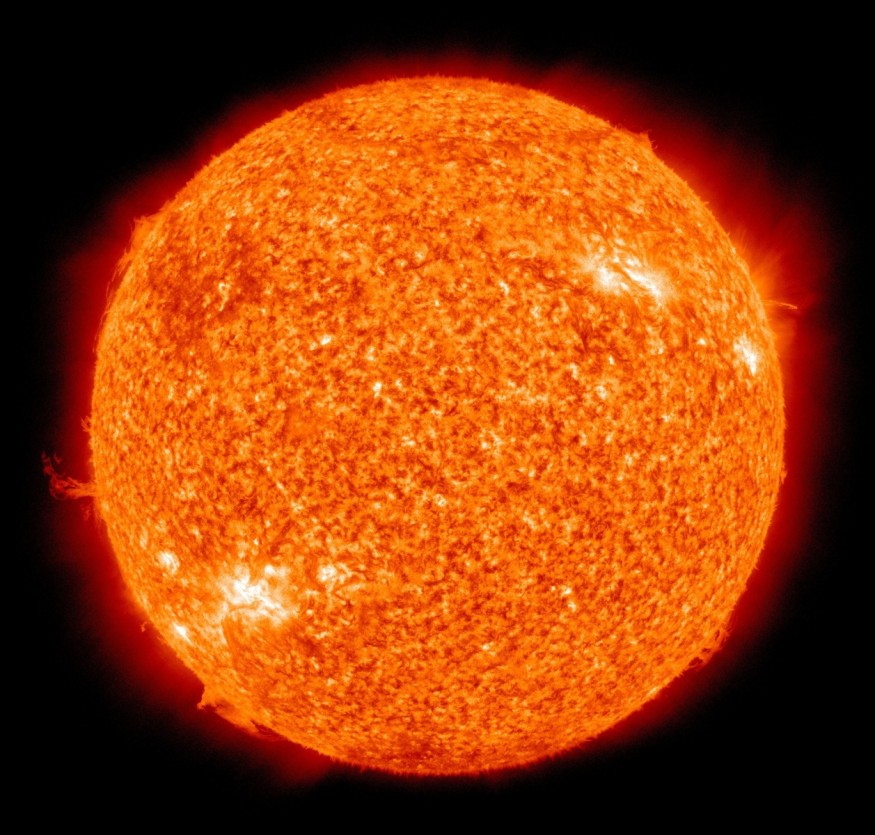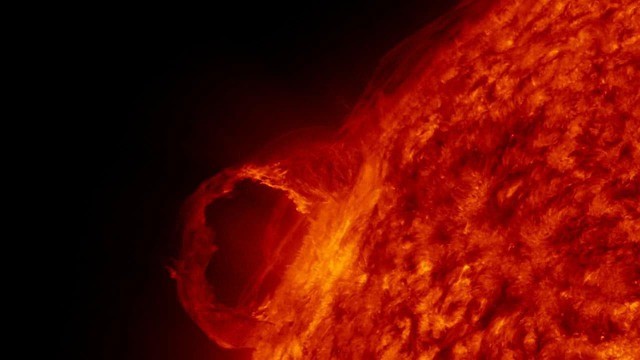The Sun has revealed fresh clues in a dramatic, multi-staged eruption that might help scientists answer the long-standing riddle of what causes the Sun's intense and unpredictable outbursts. In addition, uncovering these underlying physics might aid scientists in better predicting the eruptions that produce hazardous space weather on Earth.

Solar Eruptions

This explosion had elements from three different types of solar eruptions that generally occur in isolation, making it the first time such an occurrence has been documented. As a result, scientists will be able to convert what they know about one form of solar eruption into understanding other types and identify an underlying mechanism that could explain all sorts of solar eruptions by having all three forms of eruptions together in one event.
"This event is a missing link," said Emily Mason, lead author of the new research and a solar scientist at NASA's Goddard Space Flight Center near Greenbelt, Maryland. "It emphasizes that these eruptions are triggered by the same process, albeit on a smaller scale."
CME
A coronal mass ejection, a jet, or a partial eruption are the most common types of eruptions on the Sun. CMEs and jets are explosive eruptions that fling energy and particles into space, yet they have pretty distinct appearances. CMEs produce gigantic bubbles that spread outward, pushed and shaped by the Sun's magnetic fields. Jets erupt as thin columns of solar material. On the other hand, partial eruptions begin erupting from the surface but lack the energy to exit the Sun. Thus, the majority of the material falls back down onto the solar surface.
The ejection of a hot layer of solar material over a magnetically active region on the Sun's surface was witnessed by NASA's Solar Dynamics Observatory, the European Space Agency, and NASA's Solar and Heliospheric Observatory on March 12 and 13, 2016. The ejection was too wide to be a CME and too wide to be a jet. A second colder layer of material on the surface began to erupt from the exact location within half an hour, but it eventually sank back down as a partial eruption. When scientists see an eruption with both jet and CME features, they know it's likely driven by a single process.
Using the Data Gathered
Scientists may now apply what they know about jets to CMEs, thanks to this new insight. The occurrence also reveals to scientists that partial eruptions occur on the same spectrum as full eruptions but are stopped in their tracks by an unknown limiter that confines their energy and prevents them from leaving the Sun.
Understanding the mechanisms underlying these events, particularly CMEs, is crucial for anticipating when a big eruption may cause Earth impacts. CMEs, in particular, release large clouds of high-energy charged particles and magnetic fields that spread across the solar system, causing space weather - a storm of high-energy particles and activity that can be hazardous to astronauts and technology in space, as well as utility grids on Earth in extreme cases.
Rosetta Eruption

The scientists think that by simulating the latest Rosetta eruption and others like it that have subsequently been identified, they will find out what causes solar eruptions and what determines their properties. Finding a trigger might eventually let scientists forecast several hours ahead of time when a massive eruption may threaten Earth and Mars, giving astronauts and spacecraft operators the time to take preventative steps.
For more solar news, don't forget to follow Nature World News!
© 2025 NatureWorldNews.com All rights reserved. Do not reproduce without permission.





